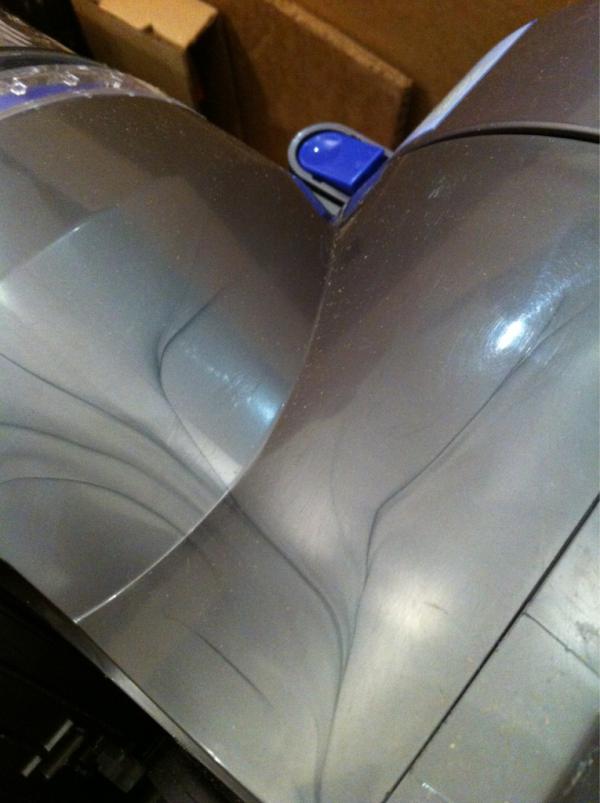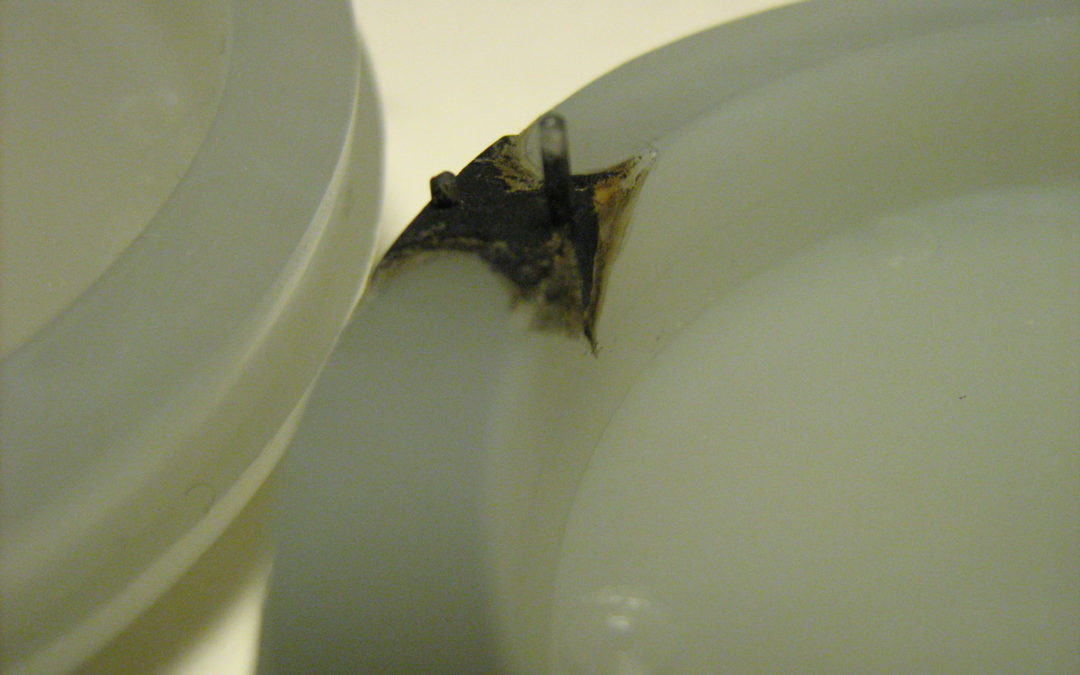Defects in the Plastic Injection Molding Parts
The plastic Injection Molding process is taking the internal market for producing plastic parts that comprise the majority of our daily products and their parts. Plastic molding injection parts appear to be the most common method of production in the world. This is because of the perks and benefits it offers. A bundle of our daily products that we use every day comprises plastic injection molding. The common proof of plastic injection parts is the devices that we hold daily in our hands.
Laptop and Mobile phones make a huge chunk of injection molding parts. Similarly, there are hundreds and thousands of daily products that we encounter daily. Amongst them, some of the products are toys, cutlery, kitchen items, bags, etc. Furthermore, hundreds of such items do contribute to making stationery products.
You May Also Read: A Complete Guide to Precision Molded Plastic
This perhaps makes plastic the most common mode of producing parts and products. This starts happening only in the last decades. Since the mode of production offer more durability and ease than metals and helps in making any item of choice.

Benefits of Using Plastic molding injection parts
Plastic molding injection parts offers bundles of benefits thereby making it a more feasible method of production. The advantages of injection molding are:
- State of the production method with guaranteed innovation and productivity at a faster pace.
- Production ensures the quality production of plastic parts. The method uses computerized production techniques that ensure constant monitoring and efficiency.
Plastic Injection Molding Defects
These are the major defects and plastic injection molding and here is a guide to how to avoid them.
Flow Marks or Flow Lines
Flow lines or Flow marks make the most common defects appearing in Plastic molding injection parts. Flowline or marks indicates that there remain a few lines or wave marks on the surface. Ultimately, the marks leave a trace or streak of line.
This thus makes the appearance look unfinished. Therefore. in the case of color products, the marks section appears decolorized than the whole product. Hence the defective parts are distinguishable. This defect surfaces on the gates of the mold. This is the place where molten gets enter into the molds.
With all these defects, however, the final products remain safe in form and firm. Similarly, the functionality also remains intact. However, the only problem that persists remains the visual appearance.
Causes:
The cause of flow marks is the cooling rate process. This happens when a product goes through the cooling phase. This happens when the thickness of the wall is not constant or uniform. Hence the cooling of the parts remains defective. The variation in thickness causes the variation in cooling. This also happens when the injection speed and injection pressure remain slow.
How to Avoid Flow Line?
- An increase in Injection speed helps in resolving the flow lines.
- The adjustment in pressure and temperature of the mold helps in solving the issue.
- The uniform thickness should be uniform to avoid flow lines.
- Change in position of the molding gates helps in fast injection.
- Resizing the size of the nozzle helps in increasing the flow of the plastic resin.
- Applying lubricant helps in the smooth running of the molten resin.
Burns Marks in Injection Molding Parts:
Burns marks appear on the Plastic molding injection parts as black color spots on the edges of the product. On the edge, the burns marks do appear in form of rust marks. However, the marks may appear on the surface as well. But the appearance of these does not cause any harm.
This is because the marks don’t make them part of the plastic. Nevertheless, the mark may damage the actual product if it becomes high in intensity. This thereby degrades the quality of the plastic.
Causes:
The major cause of burn marks on the Plastic molding injection parts is overheating. This happens when the product contains air bubbles that burn during processing. This also happens when the molten risen get extra heat that causes burning. All these burning defects happen in the mold cavity.
This, therefore, makes the defect happens due to overheating. The burn marks also appear when there involves a high injection speed.
How to Avoid Burn Marks?
- Reduction in the injection speed and maintaining the uniform pressure helps in reducing the burn marks. This helps in reducing the trapped air bubble.
- Making the gas vents large to allow the escape of the air bubble.
- The reduction in temperature also helps in lowering burn marks.
Warping Defects Plastic Injection Molding Parts:
Warping is a defect that causes uneven distribution of plastic mass in Plastic molding injection parts. This happens with uneven cooling rate and solidification of the molding. Hence making the product disfigured. The usual defects are bends and twists.
Causes:
Premature cooling is the most common cause of warping. This uneven cooling rate thus causes the uneven distribution of mass. This also happens with uneven heating in the product. Warping also appears when the thickness of the walls of the mold is not uniform.
How to Avoid Warping in Injection Molding Parts:
- Making the cooling rate gradual in injection molding helps in the reduction of warping.
- Adjustment in mold temperature also helps in reducing warping.
- Molds of uniform thickness ensure perfect production throughout.
Vacuum Voids in Plastic Injection Molding:
Vacuum voids in Plastic molding injection parts are the appearance of plastic bubbles in the final product. The bubble gets trapped on the surface of the product. The defect never counts in major defects. However, this causes the product to look unfinished and weak.
Causes:
This happens due to the low volume of production in Plastic molding injection parts. Insufficient pressure in the mold causes the final product to be unfinished at the end. The cause of insufficient pressure in production is also due to the presence of low production. This thus causes the air bubbles to remain in the product. This appears when the product solidifies and hence causes the air bubbles to appear on the surface.
How to Avoid Vacuum Voids:
- To avoid the production of air bubbles in the final products, injection pressure in the mold should be higher.
- The molten risen material should be of low viscosity that which helps in lowering the chances of air bubbles.
- The gates should be close to the molds. This is because it thus avoids the mold to get cool too soon.
You May Also Read: Mold On Plastic: Importance of Mold Flow Analysis
Final thoughts:
As we discussed there are several defects in the Plastic molding injection parts. These a just a few of them. However, the cause of these faults is the initial production defects in the production phases. These defects also appear when manufacturers avoid following the standard operating procedure.
Similarly, the use of low quality molten risen material also causes these defects. To avoid causing these defects there is a need to follow proper production methods. This proper procedural following ensures proper finishing.






